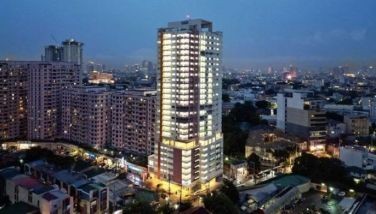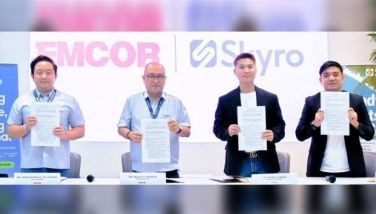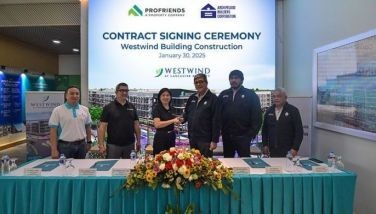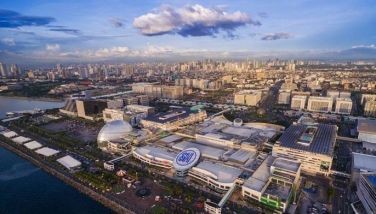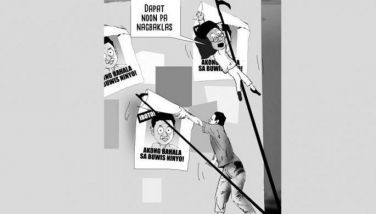The Philippine automotive industry
As economic conditions in the Philippines improve, the demand for both passenger and commercial vehicles increases.
According to the latest Development and Econometric Analysis, Inc. (IDEA) report, from 105,306 units sold from January to September in 2011, the number of vehicles purchased increased to 111,582 units during the same period in 2012, a 5.6 percent improvement in sales.
Moreover, household consumption on transportation is also steadily increasing from Php92.1 billion in the 2nd quarter of 2011 to Php93.2 billion during the same period in 2012, growing by 1.2 percent in the 2nd quarter of 2012 and by 3.8 percent during the 1st semester of 2012.
The IDEA report stated that according to the Bangko Sentral ng Pilipinas (BSP), auto loans had been increasing from 2001 to 2011, except for 2008 when it registered an 8.8 percent year-on-year decline in the amount of auto loans. And from 2009 to 2011, auto loans had been growing at double-digit rates, increasing by 20.4 percent, 24.5 percent, and 18.3 percent, respectively.
Earlier in 2012, Ford announced the closure of its manufacturing plant in Sta. Rosa by the end of the year. The move by Ford was due to the high cost of production in the country and the relatively same taxation on Complete Built Up (CBU) and Complete Knock Down (CKD). Even though the company already established a firm foothold on the local market, rumors are spreading about “diesel authority”. In relation to the closure of the Ford facility in the country, Ford’s management said that the zero tariff rates for CBUs made importing vehicles into the country more affordable as compared to assembling CKDs in local manufacturing plants, IDEA added.
Given that CBUs today face zero tariffs, there will be few incentives for local manufacturers to continue their operations in the country.
In a bid to increase the industry’s competitiveness, an umbrella automotive group proposed an eight percent tax discount for car exports. The proposed measure aims to benefit both producers of CKDs and vehicle parts manufacturers.
As of 2011, about three-fifths of all the vehicles sold in the market were shipped from abroad.
In addition, the sale of CBUs gained a three-percentage point gain in the market share against locally assembled CKDs after the sales of the former increased by 3.3 percent to 97,545 units.
Moreover, the limited supply base for parts also poses as a disadvantage for the industry. However, the disadvantages can be offset by the large base of skilled labor and professionals and adequate sites and facilities for automotive manufacturing and duty free transport of parts, which somewhat compensates for the limited supply. Nevertheless, the government should still give importance to the whole automotive manufacturing industry in the country. It should provide companies more reasons to operate by offering fiscal and non-fiscal incentives to attract and not lose local assemblers as these firms generate employment as well as giving a significant sum of revenues for the government, according to IDEA.
For comments, rejoinders and questions related to credit & collection, Mr. Ed F. Limtingco can be reached at [email protected]
- Latest







